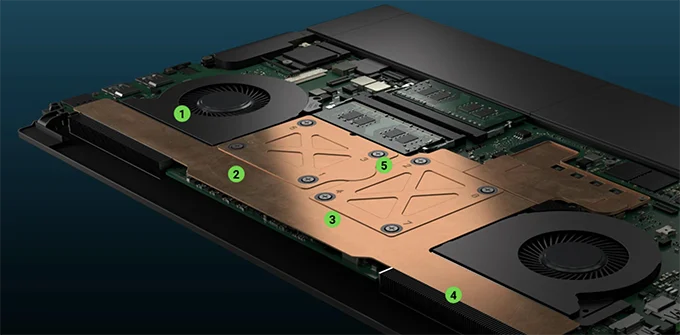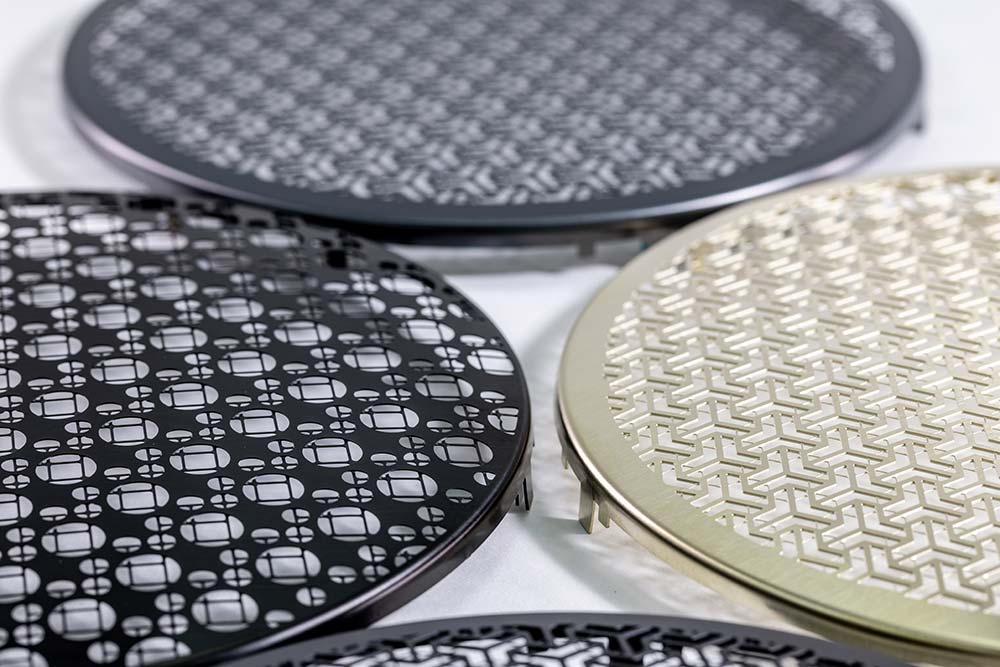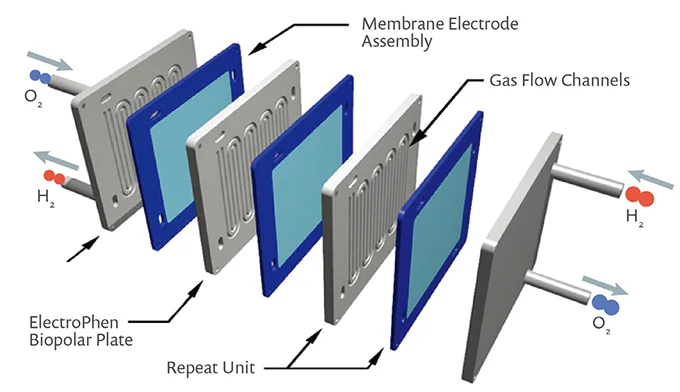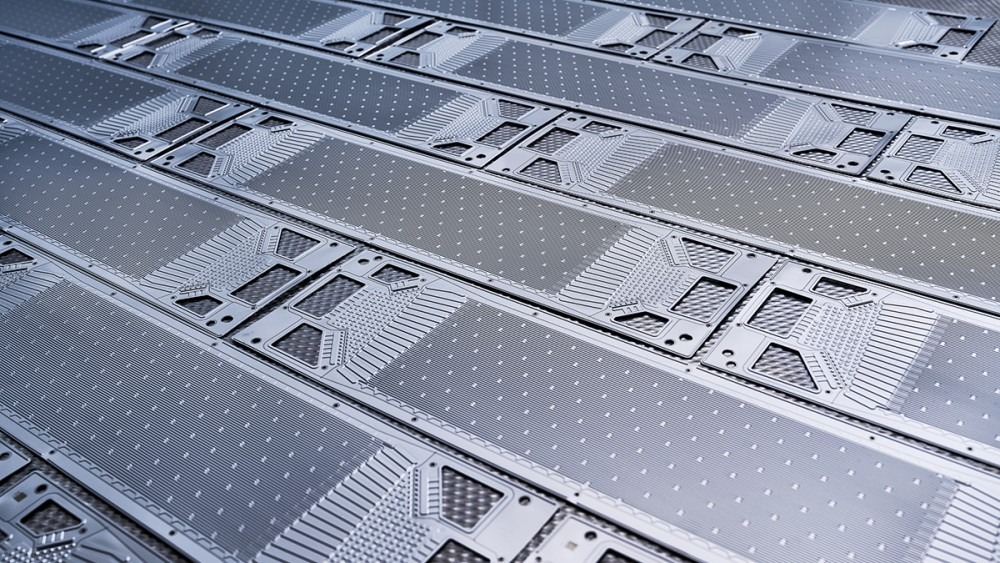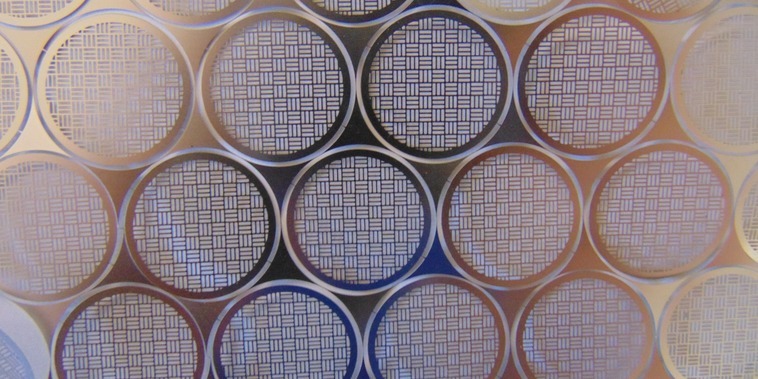How to source a High Quality Photo Chemical Etching Factory?
Choosing a suitable and high quality photo chemical etching factory can make a great deal of difference to the outcome of your project. This process is equally important for such industries as aerospace, electronics, medical devices, and many others. High quality etching factories have attributes like high precision , low wasteage, and capability to undertake […]
How to source a High Quality Photo Chemical Etching Factory? Read More »


